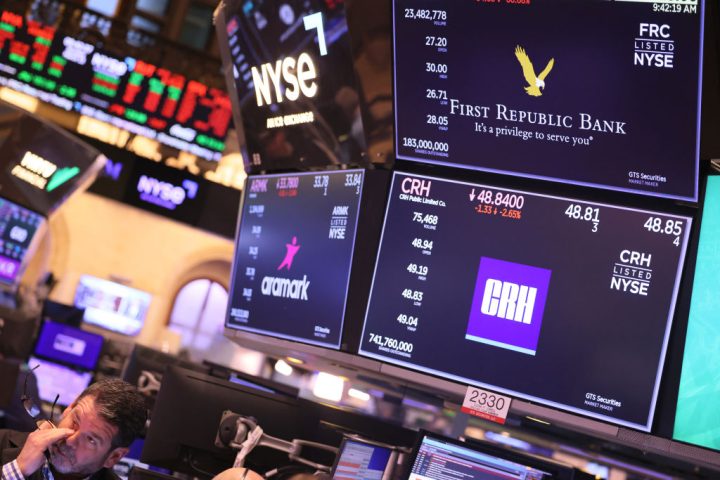What is it about March? October, the month of the 1929 Wall Street crash and the crash of 1987, is often cited as the most dangerous for investors. Yet in the past three crashes or bear markets it has been March which saw the worst. The FTSE bottomed out in March 2003, shortly before the Iraq invasion, then again in March 2009, just as the Bank of England began its quantitative-easing programme.
Already a subscriber? Log in
Subscribe for just $2 a week
Try a month of The Spectator Australia absolutely free and without commitment. Not only that but – if you choose to continue – you’ll pay just $2 a week for your first year.
- Unlimited access to spectator.com.au and app
- The weekly edition on the Spectator Australia app
- Spectator podcasts and newsletters
- Full access to spectator.co.uk
Or





















Comments
Don't miss out
Join the conversation with other Spectator Australia readers. Subscribe to leave a comment.
SUBSCRIBEAlready a subscriber? Log in